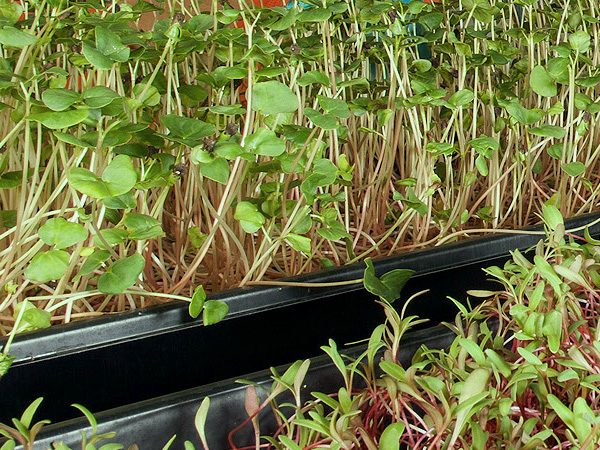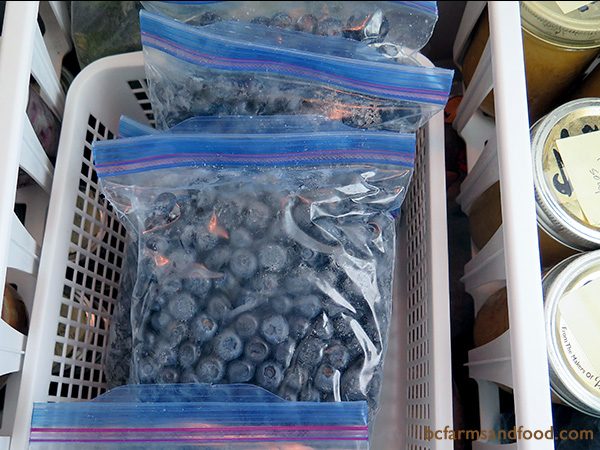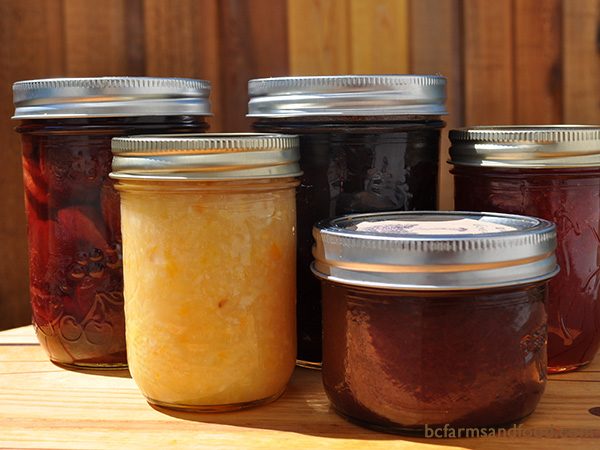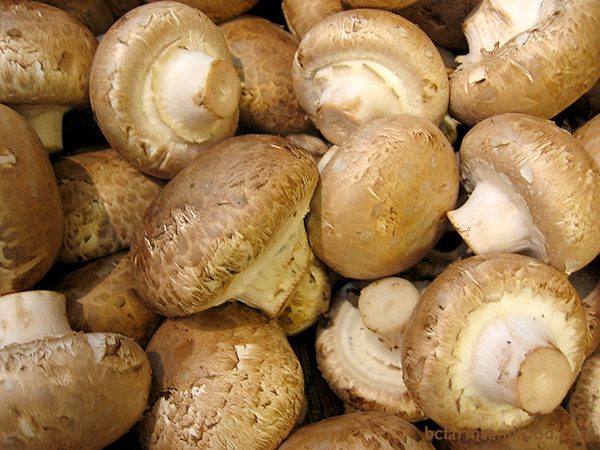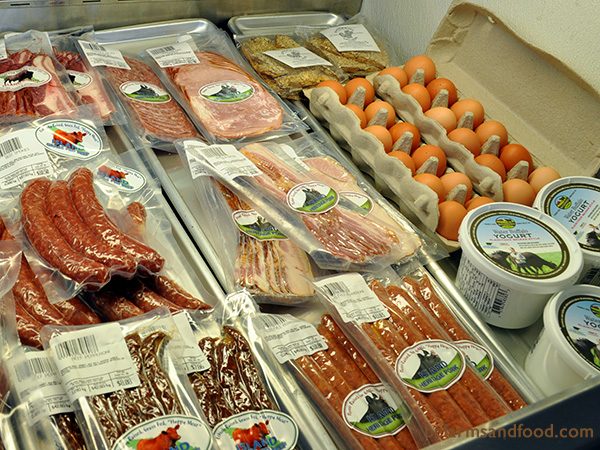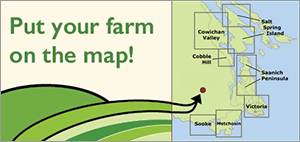Protect your Plants from Heat, Cold, Wind and Rain
Creating Microclimates to Make Your Garden Resilient
Wondering how to grow a healthy garden in the face of weather extremes? Protect your plants using microclimates. Here are 13 easy ways to protect plants from wind, rain, cold, heat, and drought.

Cold frames protect vegetables from cold, wind, rain and frost, and extend the growing season.
Using Microclimates to Shelter Plants from Weather Extremes
Adapting your growing area to protect young plants from wind, rain, cold, heat, and drought is key to a successful garden. You can do this by creating microclimates—specially designed areas in your garden that offer protection from the elements, so that your plants can thrive.
Microclimates are small areas that have different growing conditions from the surrounding region. These spaces can shelter plants and seedlings that are not strong enough to survive weather extremes. For example, a microclimate such as a wind buffer or a sun trap (a space that captures heat and sunlight) can shelter plants from cold. In drought conditions, a cool microclimate, such as the area under a tree canopy or an umbrella, can shade the plants beneath it and retain water to minimize heat stress.
As climate change brings more weather extremes, it is more important than ever to build microclimates into your garden. The predictable weather patterns we knew and counted on are becoming unpredictable. One week the weather may be hot and sunny—perfect for tomato transplants. The next week a cold wind pushes over young plants and chills their roots. When you create microclimate shelter areas in your garden, you help plants not only survive, but flourish during unpredictable weather.













 Green pea dip makes a good appetizer or a lunch spread, and is a stand-out at dinner parties with its amazing bright colour.
Green pea dip makes a good appetizer or a lunch spread, and is a stand-out at dinner parties with its amazing bright colour.





